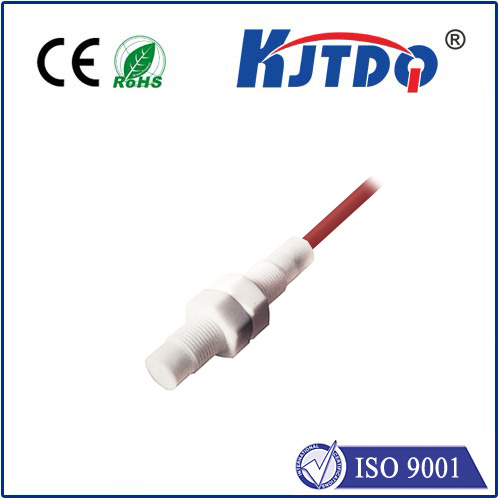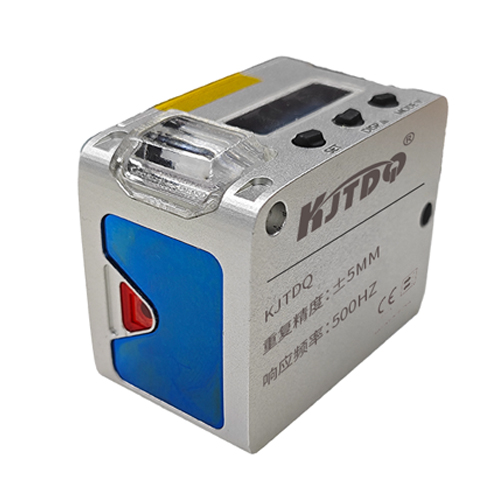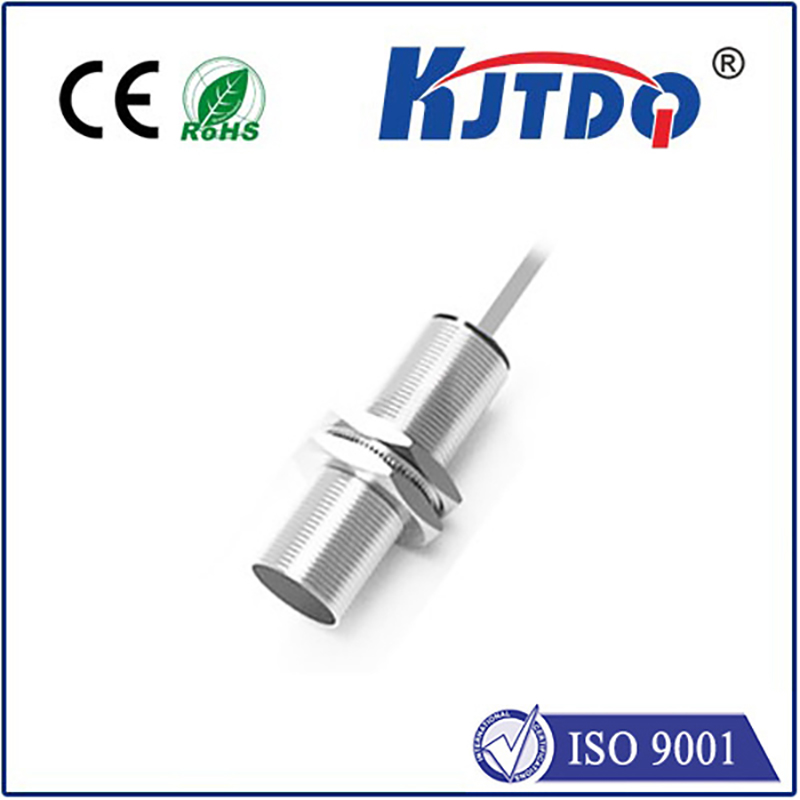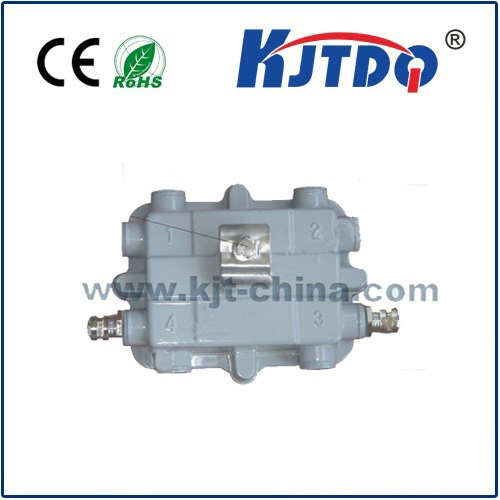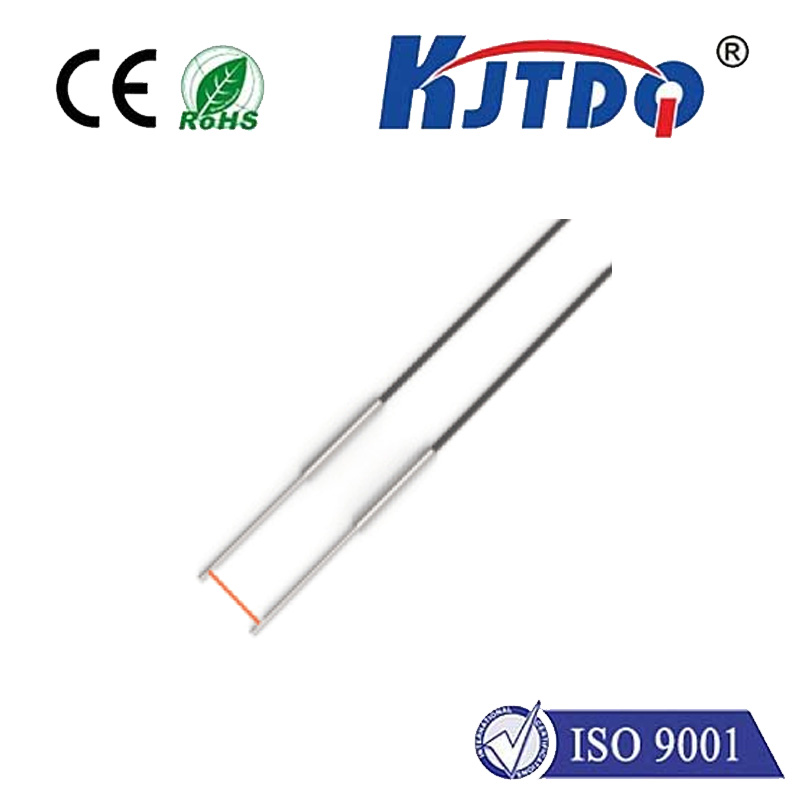detection proximity sensor
- time:2025-09-07 00:00:09
- Click:0
The Essential Guide to Detection Proximity Sensors: Sensing the World Without Touch
Imagine a world where robots gracefully navigate crowded spaces, cars park themselves with uncanny precision, or factory machines instantly halt before harming a human operator. This isn’t science fiction; it’s the everyday reality powered by detection proximity sensors. These silent sentinels form the bedrock of non-contact object sensing across industries, enabling smarter, safer, and more efficient systems. Understanding how they work, where they excel, and how to choose the right one is crucial for engineers, designers, and technology enthusiasts alike.
Unveiling the Magic: How Proximity Sensors Detect Without Contact
At their core, detection proximity sensors are devices that detect the presence, absence, or distance of an object within a specific range – all without making physical contact. They achieve this remarkable feat by interacting with one of the object’s physical properties. Here’s a look at the most common types and their underlying principles:

- Inductive Proximity Sensors: These workhorses are the go-to solution for detecting metal objects, predominantly ferrous metals like steel. They generate an oscillating magnetic field. When a conductive metal object enters this field, eddy currents are induced on the object’s surface. This interaction dampens the oscillator’s amplitude within the sensor. The sensor’s electronics detect this change in amplitude or frequency, triggering a discrete output signal (ON or OFF). Their robustness makes them ideal for harsh industrial environments.
- Capacitive Proximity Sensors: Stepping beyond metals, capacitive sensors detect a wide range of materials, including metals, plastics, wood, liquids, and granular substances. They operate by generating an electrostatic field. Any object entering this field alters its capacitance (the energy storage capacity). The sensor monitors this change in capacitance. Because nearly all materials influence capacitance, these sensors offer incredible versatility. They are perfect for detecting fill levels in tanks (e.g., detecting plastic granules or liquid), presence of non-metallic objects on conveyor belts, or even sensing human touch interfaces.
- Ultrasonic Proximity Sensors: Leveraging sound waves beyond human hearing, these sensors emit high-frequency ultrasonic pulses. The sensor then listens for the echo reflected off a target object. By precisely measuring the time interval between sending the pulse and receiving the echo (Time-of-Flight, or ToF), the sensor can determine the distance to the object. This makes them excellent for continuous level measurement, detecting objects regardless of material or color, and operating in challenging environments with dust or fog. However, sound-absorbing materials can pose challenges.
- Photoelectric (Optical) Proximity Sensors: These sensors use light, typically infrared (IR), LED, or laser light. They work in different configurations:
- Through-Beam (Sender/Receiver): An emitter sends a light beam to a separate receiver. Detection occurs when an object interrupts the beam.
- Reflective (Diffuse Reflector): Emitter and receiver are housed together. The sensor detects light reflected back from the target object.
- Retro-reflective: Uses a reflector. The sensor detects when an object blocks the beam path to the reflector. They offer long detection ranges and are precise for detecting small objects or specific colors (with contrast sensors).
Where Detection Proximity Sensors Make a Mark: Key Applications
The object detection capabilities of proximity sensors permeate countless sectors:
- Industrial Automation & Manufacturing: The undisputed champions here. They provide non-contact sensing for position verification (is the part in place?), end-of-travel detection on cylinders, counting objects on conveyors, verifying assembly steps, spindle positioning on machining centers, and ensuring machine safety (e.g., light curtains often use proximity principles). Their ability to operate without wear and tear in dirty environments is invaluable.
- Automotive: Modern cars are packed with proximity sensors. From the ubiquitous parking assist systems (ultrasonic) sensing obstacles to inductive sensors detecting wheel rotation for ABS, capacitive sensors in touch-sensitive controls, and sensors ensuring seat belt engagement. Engine management systems also rely on them for position feedback.
- Consumer Electronics: Your smartphone is a prime example. Capacitive proximity sensors detect when you hold the phone to your ear during a call, turning off the display to save power and prevent accidental touches. They are also fundamental in modern touchscreens and touch-sensitive buttons. Smart appliances use them for intuitive control interfaces.
- Building Automation & Security: From automatic doors that open as you approach (using microwave or passive infrared sensors, often grouped under proximity tech) to occupancy detection for lighting/HVAC control (using PIR or ultrasonic), proximity sensing enhances convenience and energy efficiency. Security systems use them for perimeter detection.
- Robotics & Drones: Critical for collision avoidance, navigation, and object manipulation. Robots use a combination of ultrasonic, infrared, and sometimes LiDAR proximity sensors to map their surroundings and interact safely. Drones rely heavily on proximity sensors for altitude hold and obstacle avoidance, especially during landing.
Choosing Your Sentinel: Key Selection Criteria
Selecting the optimal detection proximity sensor requires careful consideration of several factors:
- Target Material: Is the object metal, plastic, liquid, or something else? This immediately narrows down the type (e.g., Inductive for metal, Capacitive/Ultrasonic for non-metal).
- Required Sensing Distance: What is the maximum distance at which reliable object detection is needed? Different sensor types offer vastly different ranges (millimeters to meters).
- Environmental Conditions: Will the sensor face extreme temperatures, dust, moisture (IP rating?), vibrations, or washdown conditions? Harsh industrial environments demand ruggedized sensors.
- Output Type Needed: Does the application require a simple ON/OFF switch signal (discrete), an analog output proportional to distance, or a digital communication interface?
- Size and Mounting Constraints: Physical space limitations dictate sensor size and shape.
- Response Time & Switching Frequency: How quickly must the sensor react? How frequently will it need to detect objects passing by?
- Power Consumption: Critical for battery-powered applications.
- Cost: Balancing performance requirements with budget realities.
The Future of Sensing: Smarter Proximity Sensor Solutions
The evolution of detection proximity sensors continues. We see increasing integration with intelligence – sensors providing more diagnostic data about their health and operating environment. Miniaturization pushes sensors into ever-smaller devices. Higher-precision models enable more demanding applications. The integration of multiple sensing principles (hybrid sensors) within a single unit offers greater flexibility. Furthermore, the rise of Io-Link communication allows sensors to not only send basic detection signals but also detailed process data and parameters back to controllers, enabling predictive maintenance and deeper process insights.
From ensuring the smooth flow of automated






